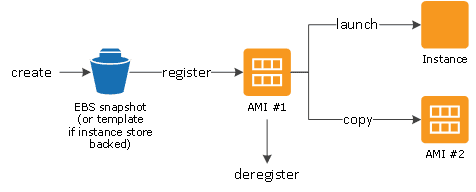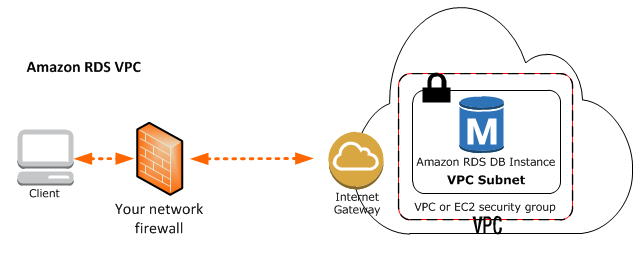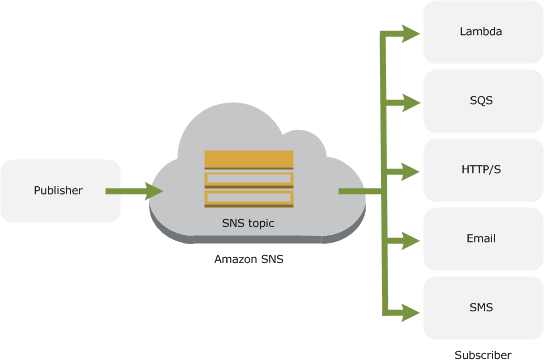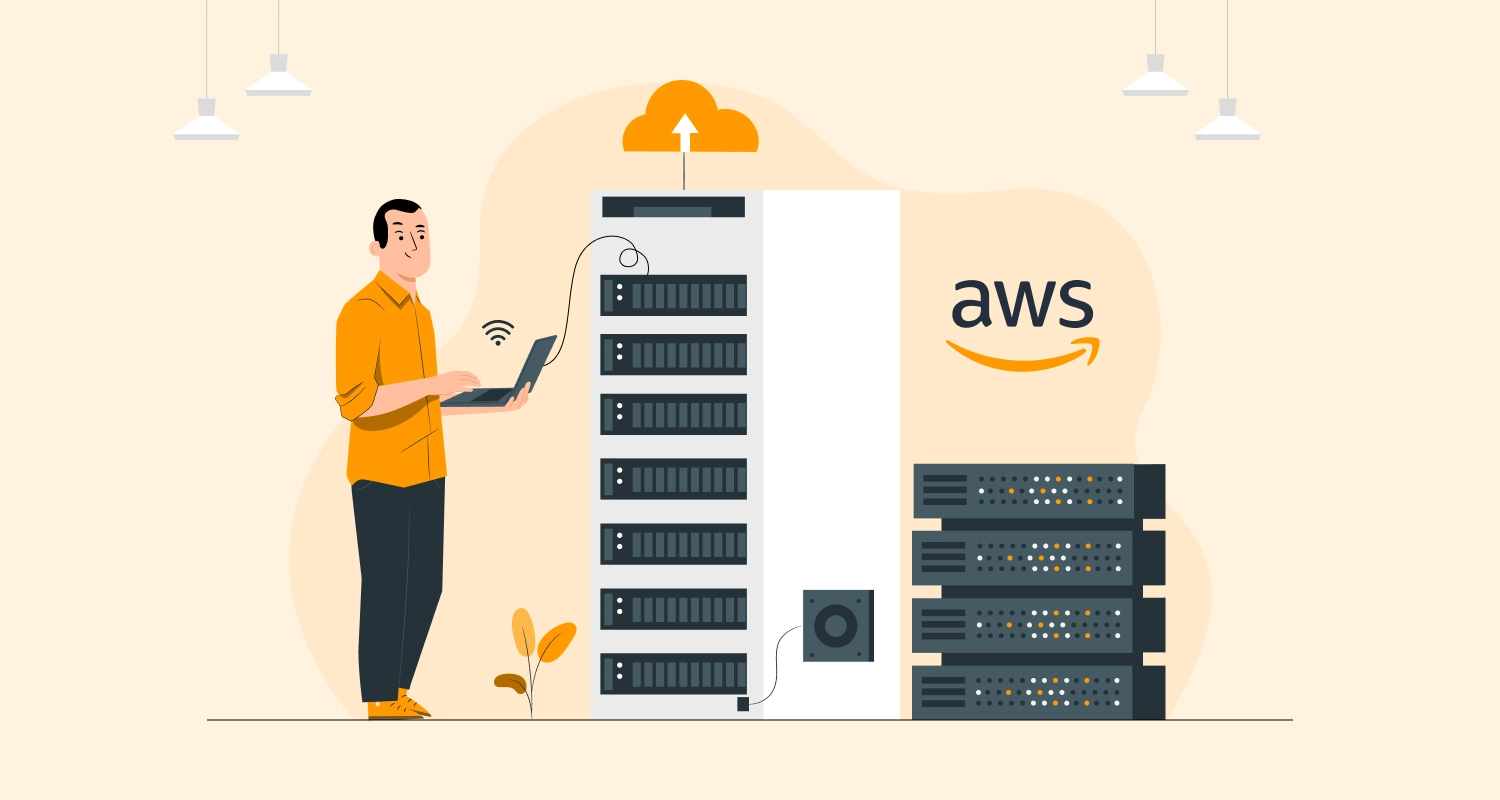Most developers, it turns out, remain concerned about scalability when building an app. Often the existing cloud architecture proves to be incapable for taking care of the increasing number of visitors. This makes many companies focus more on features in comparison to scalability. But features do not alone make an app great, scalability is equally important.
Amazon Web Services or AWS has emerged as a cloud service platform for building scalable web apps for a variety of niches. But before you decide to hire AWS developer, let us explain the scalability tools of the platform in brief.
What is a Scalable Application?
Scalability refers to the capability of a system to ensure moderate performance when the load is increased. Increasing load such as large data, high request rates, velocity, etc can slow down the performance of an app and there the role of scalability proves important. A scalable app should work seamlessly whether there is a single user or 1 million users at a given time using the app.
There are two different types of scalability. Let’s explain them in brief.
Vertical scaling (Scaling Up)
Vertical scaling which is also known as Scaling up refers to the optimisation of resources within a single unit for boosting the capacity to control the rising load.
Horizontal scaling (Scaling Out)
Horizontal scaling, which is referred as Scaling out is about meeting the resource needs by adding additional units to the cloud architecture of the app.
How to Develop a Scalable Application Supporting Millions of Users on AWS?
Amazon Web Services or AWS is already recognised as the leading cloud service platform with a great boost to scalability or capacity to handle increased load. Using AWS you can make a scalable app to support million users by the following ways.
Single User (First Setup of Cloud Architecture)
Let’s begin with the basics. First you can set app scalability on AWS for single users through the following ways.
Amazon Machine Images (AMI)
Amazon Machine Image (AMI) provides the data required for instance to be launched. This works as a virtual server in the cloud. The AMI can easily be identified during the launch of an instance.
Amazon Elastic Compute Cloud (Amazon EC2)
Amazon Elastic Compute Cloud provides the scalable computing facility in the AWS cloud. This eliminates the hardware upfront to make building and installing applications easier.
Amazon Virtual Private Cloud (Amazon VPC)
Amazon Virtual Private Cloud provides help to launch AWS resources within a virtual network. This leads to fuller control over the virtual networking atmosphere consisting of choosing the range of IP addresses, subnet design, route tables arrangement and network gateways.
Amazon Route 53
Amazon Route 53 as part of the AWS offerings is an easily accessible and scalable cloud DNS service. Amazon Route 53 offers an effective combination of user requests with AWS infrastructure like Amazon S3 buckets, Amazon EC2 instances and Elastic Load Balancing load balancers.
This service works in the following ways.
More than 10 users and creating multiple hosts
To begin with, you have to select the database to make way for increasing users and growing data. You can use SQL Database because it is already a well-worn technology with great community support and trending tools.
More than 100 users and storing database on Amazon RDS for easy process
When users cross 100, you have to take extreme care in database deployment and for this you have two common directions on AWS. The basic option is to use a guided database service like Amazon DynamoDB or Amazon Relational Database Service (Amazon RDS) and as a second option you can just host your own database software on Amazon EC2.
Read More: How React Projects Can Go Serverless With AWS Amplify?
Amazon S3
Amazon S3 comes as an object-based storage space which is ideal for storing static content such as javascript, CSS, images, and videos. It is built to provide 99.999% stability while it is capable of storing multiple petabytes of information. Some services under the hood of this storage solution include the following.
Amazon CloudFront
Amazon CloudFront is a Content Delivery Network (CDN) which is used for recovering data from the Amazon S3 bucket and spreads it to many data center locations. Just because it is capable of storing content at the boundary locations it comes with the lowest latency rate for the consumers to access data.
Amazon DynamoDB
Amazon DynamoDB is a fast-paced and easy way to use NoSQL database service across applications requiring high latency. It is a fully managed cloud database with robust support for document and key-value stores.
Amazon ElastiCache
Amazon ElastiCache is basically a Caching-as-a-Service that removes the difficulties corresponding to arrangement of a distributed cache surrounding.
AWS Elastic Beanstalk
AWS Elastic Beanstalk is a service that allows users to install code written in Python, Java, Go, .NET, PHP, Node.js, Ruby and Docker on similar servers such as Apache, NGINX, Passenger, and IIS.
AWS OpsWorks
AWS OpsWorks provides a different approach to application management. Moreover, AWS OpsWorks auto-heals application load, giving scaling based on time or workload requirement and produces metrics to ease monitoring.
AWS Cloud Formation
Amazon Web Services (AWS) Cloud Formation offers resources using a template in JSON format. You have provided the option to choose from a set of sample templates to get started on regular tasks.
AWS Code Deploy
AWS Code Deploy is a platform, providing service for automating code deployment to Amazon EC2 instances and instances running on site.
For More than 1 Million Users
To serve more than 1 million users, you need to use Service Oriented Architecture (SOA) while making large scale web applications.
Amazon Simple Queue Service (SQS)
It is an easy money-making service to decouple and coordinate the components of a cloud application. Using SQS sending, storing, and receiving messages can be performed easily between software components of any size.
Amazon Simple Notification Service (SNS)
You can send messages to a huge number of subscribers with SNS. Its profits are easy installation, smooth functioning, and high dependability to send notifications to everyone.
AWS Lambda
It is a computer service that allows you to run code without maintaining or managing servers. AWS Lambda processes your code only when it is required and scales automatically, from a small number of requests per day to thousands per second.
Conclusion
Building a scalable app thanks to AWS became easier than ever before as this cloud platform comes equipped with all the powerful tools to ensure optimum scalability for different user brackets.














